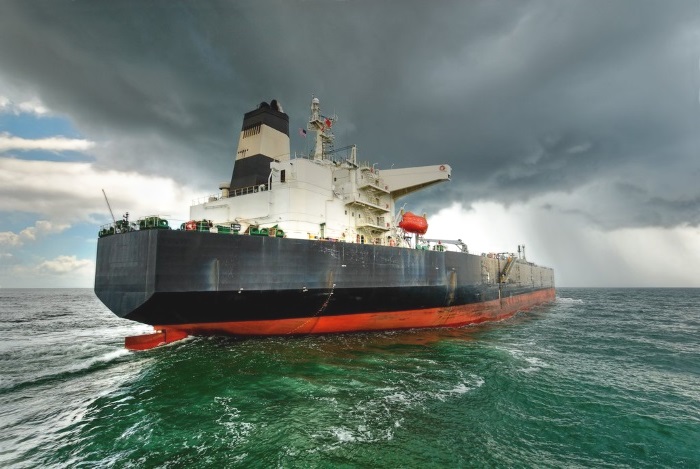Russia’s move to temporarily ban diesel exports to ease surging domestic fuel prices could see more barrels moving from the Persian Gulf to the West, with market participants expecting tight supply conditions in Asia to exacerbate in Q4 if the ban is not lifted.
The ban which comes into effect Sept. 21, is expected to remove around 1 million b/d of diesel from the global market or around 3.4% of global demand, and gasoline exports of around 150,000 b/d, S&P Global Commodity Insights reported earlier.
The curb on Russian diesel outflows would see buyers who have benefitted from the Russian price cap, compete for diesel from other regional exporters.
Some market participants said this ban could be temporary and estimated that Russia could take 10 days to restock diesel and around 60 days to beef up its gasoline inventories.
“The immediate effect would be buyers in Africa will be pulling more barrels from the Persian Gulf but if Arab Gulf cash differentials rise, Singapore cash differentials will soon follow,” said a regional gasoil trader.
The cash differential for FOB Arab Gulf 10 ppm sulfur gasoil cargoes against the Mean of Platts Arab Gulf gasoil assessments widened 10 cents/b on the day to a more than seven-month high of $5.10/b at the Asian close Sept. 22, S&P Global data showed. The differential was last higher on Feb. 13 at $5.35/b.
Meanwhile, the cash differential for the benchmark 10 ppm sulfur gasoil grade against the Mean of Platts Singapore gasoil assessment, rose 24 cents/b to a near one-month high of $3.03/b, S&P Global data showed. The differential was last higher on Aug. 30 at $3.15/b.
“I am surprised the market has reacted so much when there were rumors about a possible diesel and gasoline export ban around the end of August. I thought the market would have priced this in by now,” a second trader said.
Diesel inventories remain low
Industry sources highlighted that the ban comes at a time when refinery production and supplies are hard to increase, especially since production rates are already high.
“I hope [the ban] is temporary. Otherwise, it makes traders’, not refiners’ lives much harder if there is no length in the market,” said a third trader.
“Inventories are mostly tight and global refining capacity has remained largely unchanged since 2019, with new capacity offset by longer-term closures. This is happening at a time when demand continues to grow, leaving markets tight,” Warren Patterson, ING’s head of commodities strategy said.
Reflecting the tight supply, the front-month Singapore gasoil swap crack against Dubai crude swaps rose 77 cents/b on the day to $31.54/b at the Asian close of Sept. 22. At this level, the refinery margin for gasoil is trading at a premium of $2.56/b to jet fuel kerosene and $23.59/b higher than gasoline, S&P Global data showed.
“Given that part of the issue is due to constraints in refining capacity as well as tightness in the medium sour crude market, the ability to significantly increase run rates and increase middle distillate supply could be difficult,” ING’s Patterson added.
Ban coincides with seasonal demand.
On the demand side, the Northern hemisphere is heading into the heating season with winter stockpiling activity expected to happen over the coming weeks.
“The Asian gasoil market could become very bullish with the ban. There are heavy turnarounds happening in Europe and the US, so buyers in Europe will likely have to pull barrels from Asia or the Arab Gulf,” said a fourth trader, adding that supply is expected to be tight in Asia in the fourth quarter even without the Russian ban.
The October exchange of futures for swaps spread was assessed at minus $59.23/mt at the Asian close on Sept. 22, widening $6.41/mt on the day from minus $52.82/mt, S&P Global data showed, reflecting improving incentives to send barrels from East to West.
Europe’s shortfall in diesel, which has been exacerbated by reduced stockpiles and refinery maintenance, could improve East-West arbitrage economics in the coming weeks, trade sources said. Furthermore, the upcoming cold season is the region’s first winter without relying on Russian cargoes.
The Platts-assessed FOB Singapore front month derivative time spread, a measure of near-term sentiment, rose 47 cents/b on the day to $4.27/b at the Asian close on Sept. 22, S&P Global data showed.
Further, along the derivatives curve, the Q4 2023/Q1 2024 time spread, an indicator of medium-term sentiment, widened 44 cents/b on the day to $7.14/b at the Asian close on Sept. 22.
Source: Hellenic Shipping News





